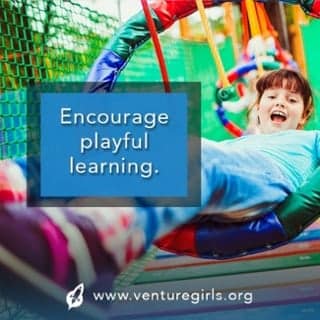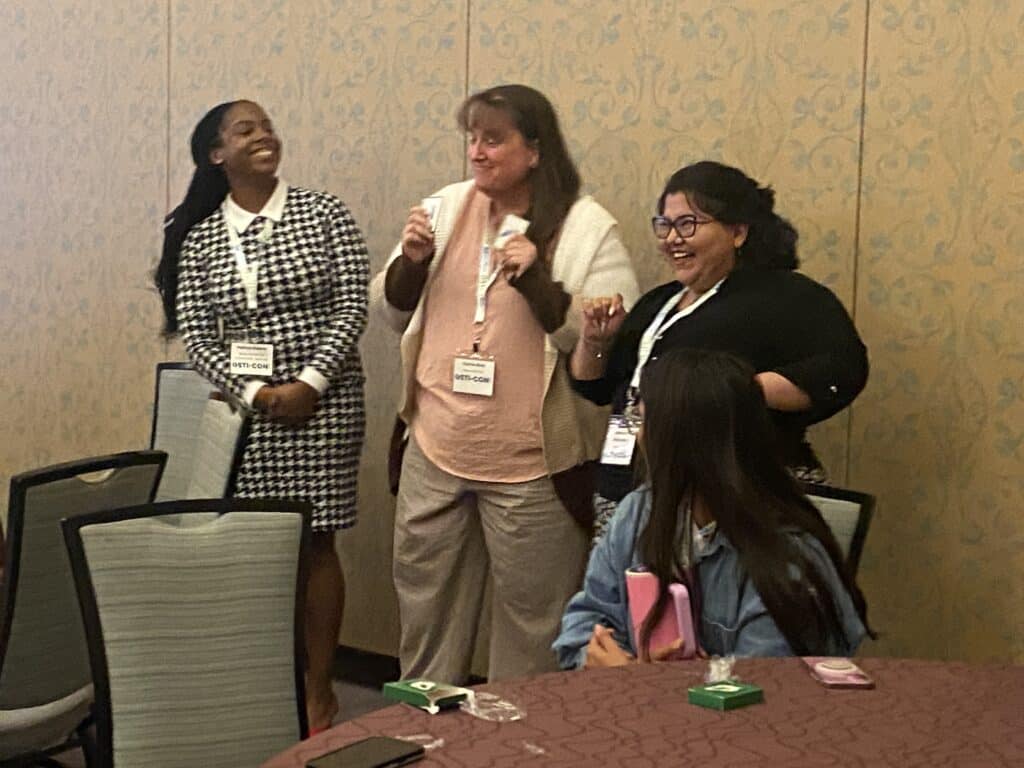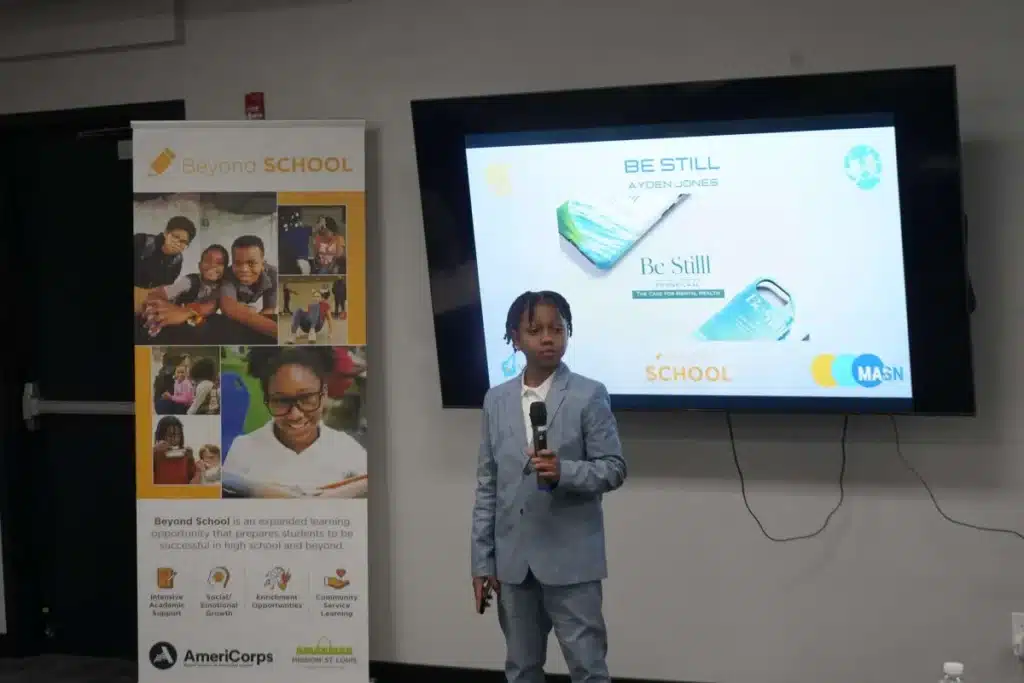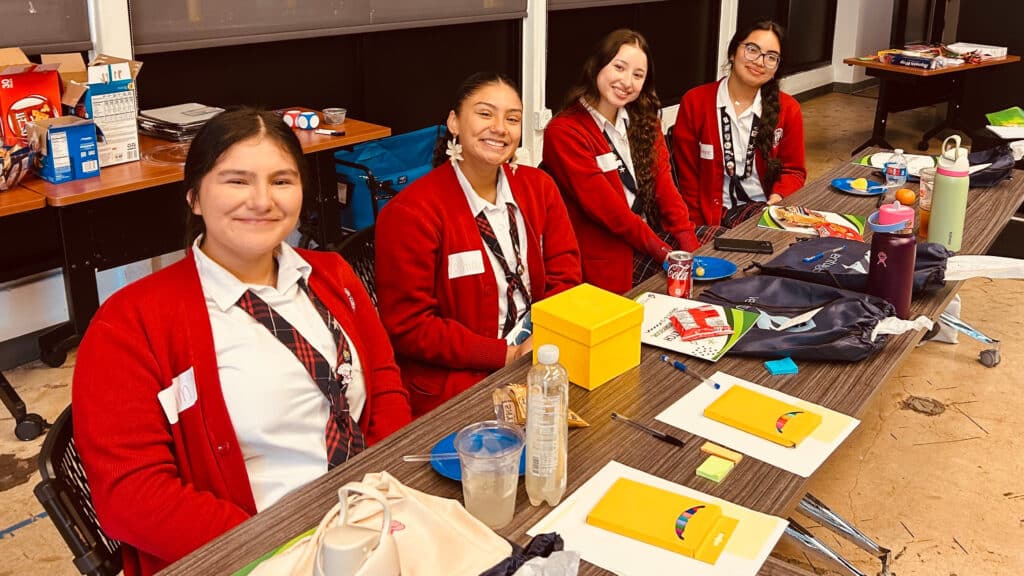In my previous two posts, I began to outline the seven strategies that encourage the curious child to embark on a quest of discovery. I spoke about the need to reawaken a drive in children and to encourage children to learn differently.
Here is the third strategy for encouraging curiosity in children:
- Make it play
Curiosity leads to creativity, which leads to fun.
One 9-year-old girl’s problem was that she felt her pet mice were not sufficiently entertained by the toys in their cage. She often added extra sticks and toys, but believed there had to be more to their little lives. Their wheel seemed monotonous to her. She wondered whether she could design a more interesting environment for them. And wondered too how she’d know if the mice liked it.
Her mother provided the tools to make her daughter’s project possible. It became, in essence, an engineering exercise to design a maze that challenged the mice. It was an exercise in science and statistics. The girl determined which direction mice would turn, right or left, if they came to a T-shaped intersection with no clues which way to turn. This all transpired because her mother applied what she’d learned in an entrepreneurial workshop.
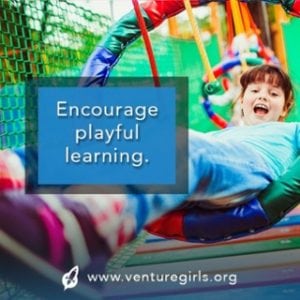
The girl’s mother recalls:
When my daughter said she had an idea for a better mouse toy, I didn’t just say, “That’s nice.” She had a vision and mission. We were measuring, calculating, cutting up cardboard boxes, scrapping stuff that didn’t work. She was management to my “labor and procurement.” There was artistry to her design. No, she didn’t sell her product, but it wasn’t an idle wish. She got to see her idea fully formed, functioning and entertaining our mouse. She knows what it means to be an entrepreneur, a pet toy maker, and it’s fun.
Her daughter’s next interest is a bioscience project that will result as she collects samples of mouse fur and blood from deceased mice for future DNA testing, to see if genetics play a role in behavior—to be analyzed when DNA testing comes down in price for the budget of a 9-year-old girl.
This little girl’s experience is not unusual—if parents encourage the playful learning aspect of curiosity. For example, Rebecca Sullivan, who studied biology, recalls her videoscope, a toy that most sparked her interest in science. It is similar to a microscope, but instead of viewing specimens through a small eyepiece, the images are magnified and projected onto a screen.
“I was free to stick whatever I wanted under the videoscope,” Sullivan says. “Mostly I dissected and looked at insects.” Her device came with slides, tools, and vials for collecting and storing specimens—a truly hands-on science experience. She went on to develop interests in genetics and molecular biology and still cherishes her connection with this incredibly fun toy that let a little girl glimpse the microscopic world.
Hands-on models invite creativity as teams try to express and experiment with their ideas. We see this today as the “maker movement” gains momentum, giving kids the space and tools to go from talk to action while having a blast.
I’d love to hear from you about how you have given the children in your world the space to develop their ideas. What were the circumstances? And what were the results? Thank you for sharing.

